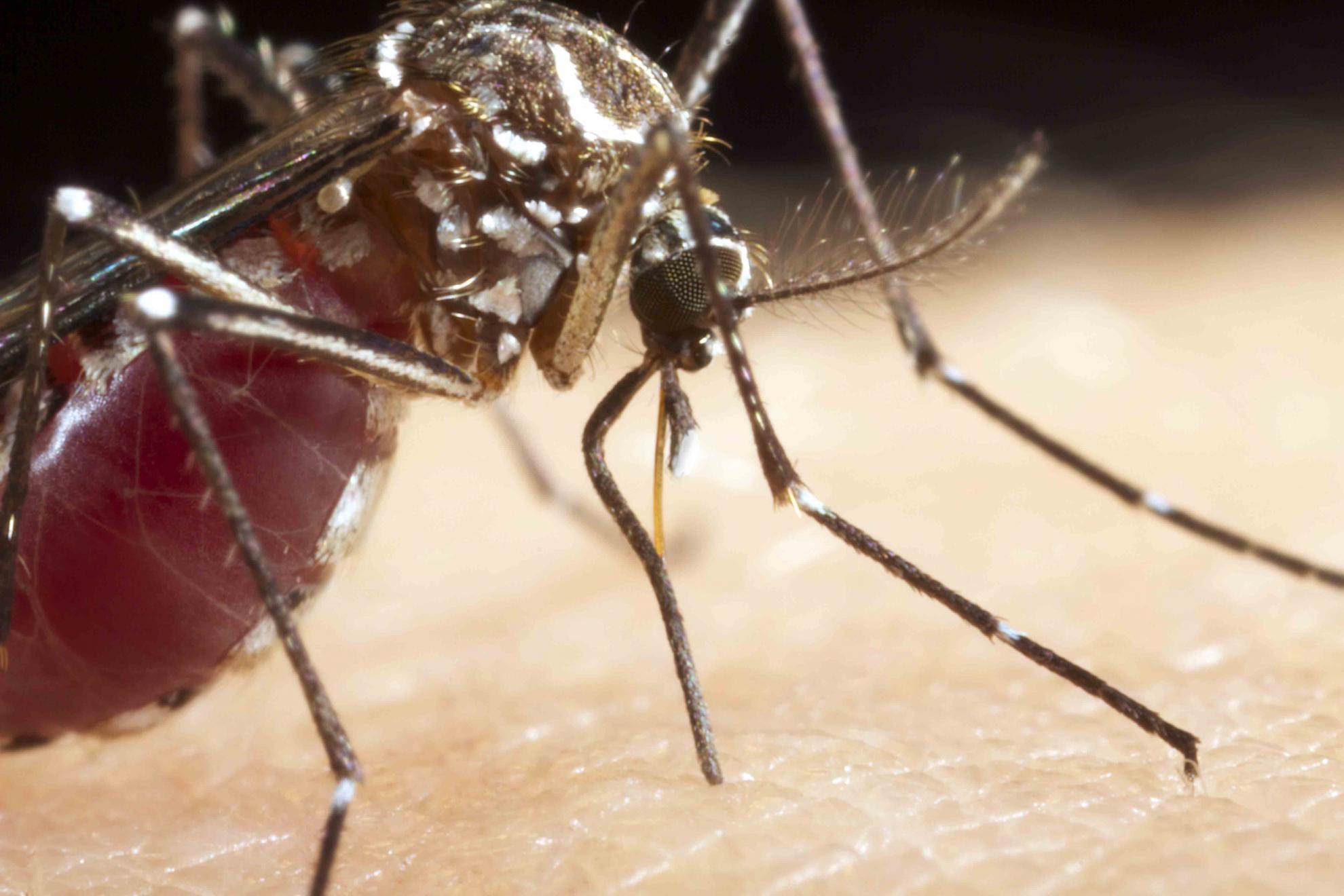Identification and RNAi profile of a novel iflavirus infecting Senegalese Aedes vexans arabiensis mosquitoes
The inland floodwater mosquito Aedes vexans (Meigen, 1830) is a competent vector of numerous arthropod-borne viruses such as Rift Valley fever virus (Phenuiviridae) and Zika virus (Flaviviridae). Aedes vexans spp. have widespread Afrotropical distribution and are common European cosmopolitan mosquitoes. We examined the virome of Ae. vexans arabiensis samples from Barkedji village, Senegal, with small RNA sequencing, bioinformatic analysis, and RT-PCR screening. We identified a novel 9494 nt iflavirus (Picornaviridae) designated here as Aedes vexans iflavirus (AvIFV). Annotation of the AvIFV genome reveals a 2782 amino acid polyprotein with iflavirus protein domain architecture and typical iflavirus 5' internal ribosomal entry site and 3' poly-A tail. Aedes vexans iflavirus is most closely related to a partial virus sequence from Venturia canescens (a parasitoid wasp) with 56.77% pairwise amino acid identity. Analysis of AvIFV-derived small RNAs suggests that AvIFV is targeted by the exogenous RNA interference pathway but not the PIWI-interacting RNA response, as ~60% of AvIFV reads corresponded to 21 nt Dicer-2 virus-derived small RNAs and the 24-29 nt AvIFV read population did not exhibit a "ping-pong" signature. The RT-PCR screens of archival and current (circa 2011-2020) Ae. vexans arabiensis laboratory samples and wild-caught mosquitoes from Barkedji suggest that AvIFV is ubiquitous in these mosquitoes. Further, we screened wild-caught European Ae. vexans samples from Germany, the United Kingdom, Italy, and Sweden, all of which tested negative for AvIFV RNA. This report provides insight into the diversity of commensal Aedes viruses and the host RNAi response towards iflaviruses.
